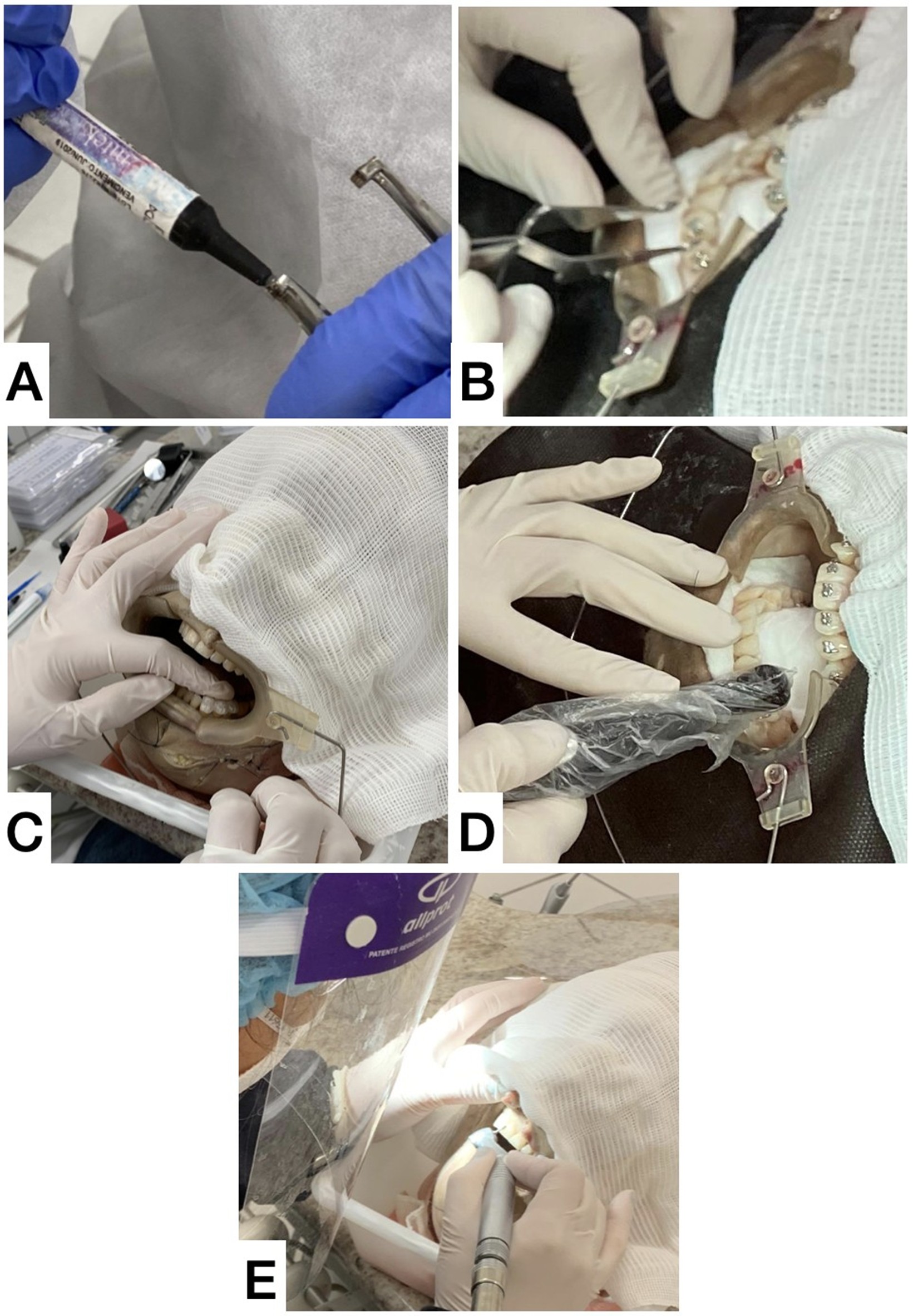Accuracy of Direct and Digital Indirect Orthodontic Bonding Using 3D Printed Transfer Trays: An Ex Vivo Study on Fresh Human Cadavers
Main Article Content
Abstract
This ex vivo study compared the accuracy of direct and indirect bonding techniques using 3D-printed transfer trays in fresh human cadavers. Five fresh human cadavers were selected to simulate clinical conditions, including the presence of enamel and surrounding soft tissues. Intraoral scans were obtained to generate digital models, and bracket positioning was performed virtually using OrthoAnalyzer software. Roth .022” Mini Master brackets were virtually placed on upper and lower arches, followed by the fabrication of 3D-printed transfer trays for indirect bonding. Each cadaver underwent both bonding techniques (direct and indirect), followed by intraoral scanning. Digital models were superimposed to assess differences in bracket positioning in the vertical (occluso-gingival) and horizontal (mesio-distal) planes. A total of 58 teeth were analyzed, the greatest deviation between the techniques was observed in the vertical plane, particularly in the maxillary arch, with a mean difference of 1.03 ± 0.36 mm (p = 0.008). Horizontal deviations were less pronounced and statistically non-significant (0.73 ± 0.43 mm; p = 0.14). The smallest differences were 0.26 ± 0.11 mm (vertical) and 0.19 ± 0.13 mm (horizontal). Indirect bonding with 3D-printed trays showed superior accuracy in bracket positioning compared to direct bonding, especially in the horizontal plane. This technique may offer clinically relevant advantages in enhancing bonding precision in orthodontics.
